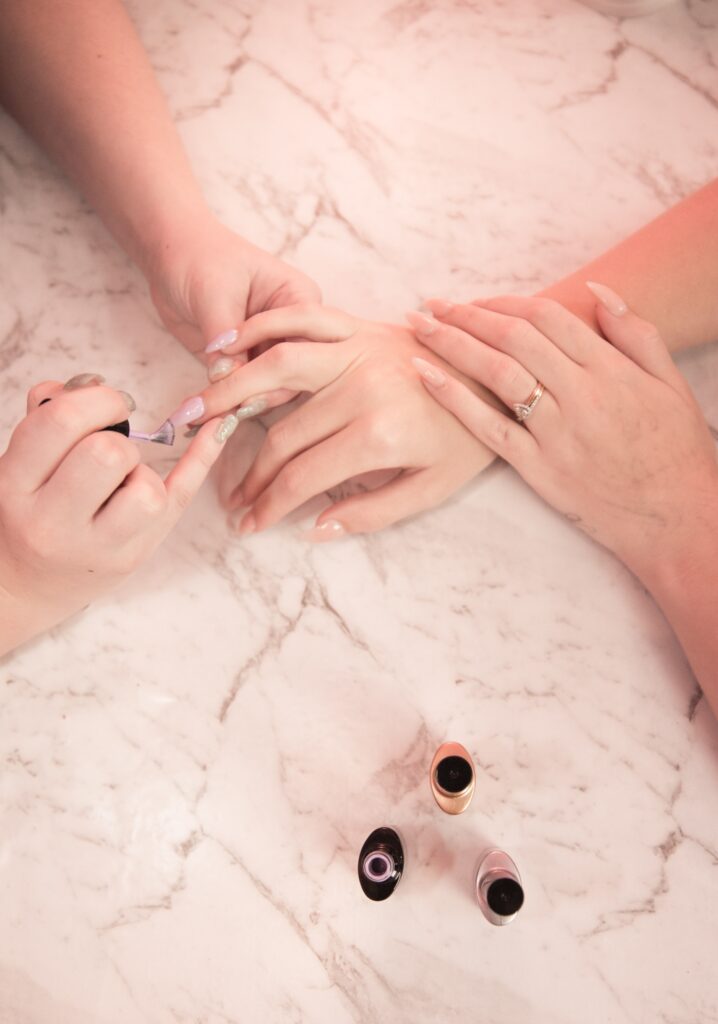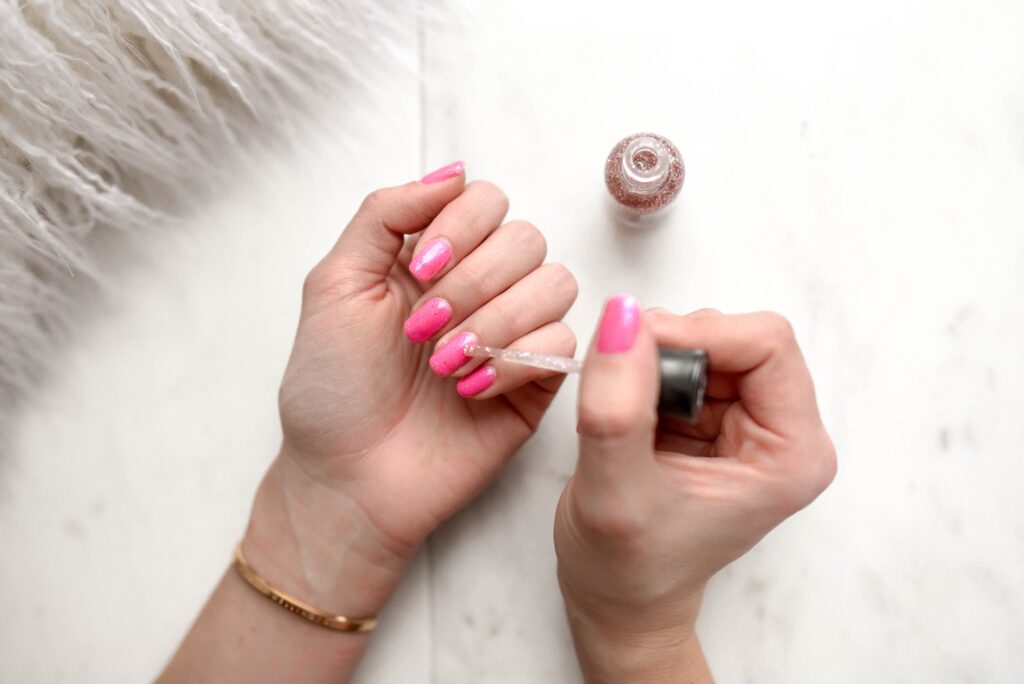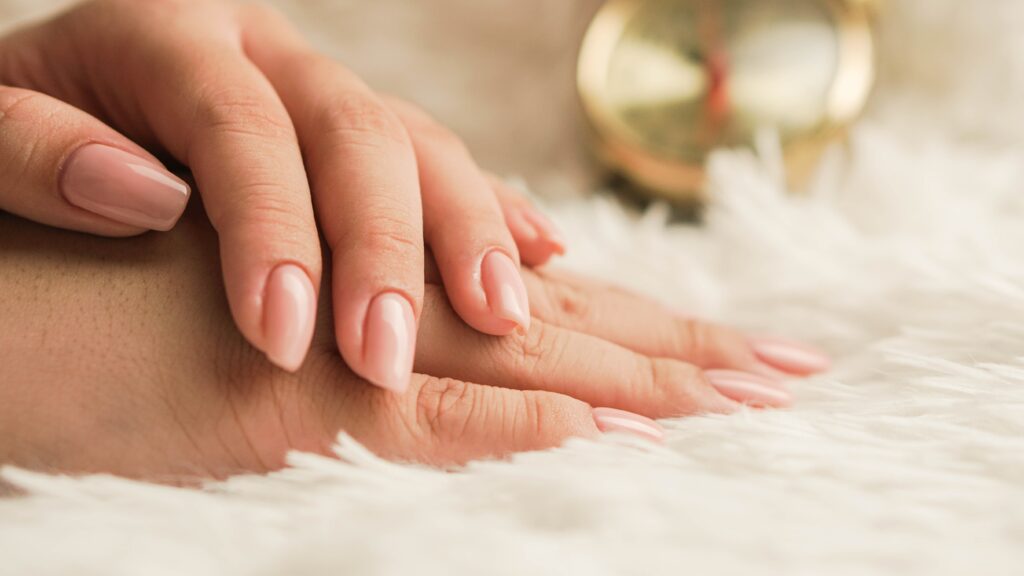
Are you tired of dealing with the discomfort and embarrassment of toenail fungus? Look no further! Introducing “10 Home Remedies for Toenail Fungus,” the ultimate guide to natural and effective solutions for this common problem. Say goodbye to expensive treatments and hello to simple, yet powerful remedies that you can easily try at home. With 10 different methods to choose from, you’re bound to find the perfect solution that suits your needs. Don’t let toenail fungus hold you back any longer. Take charge of your foot health and start the journey towards beautiful, fungus-free nails today.
1. Apple Cider Vinegar
Toenail fungus can be stubborn, but Apple Cider Vinegar (ACV) is one of the most effective natural remedies you can try. ACV has antifungal properties that can help fight off the fungus causing the infection. There are two main ways to use ACV for toenail fungus: soaking and topical application.
1.1 Soak
To create an ACV soak, you’ll need a basin large enough to fit your feet comfortably. Fill it with warm water and add 1 cup of ACV. Soak your feet in the mixture for 15-20 minutes, allowing the ACV to penetrate the affected nails. Repeat this process once or twice a day for several weeks to see results. Make sure to thoroughly dry your feet afterward to prevent further moisture buildup, which can promote fungal growth.
1.2 Topical Application
For a more targeted approach, you can apply undiluted ACV directly to the affected nails using a cotton ball or swab. Gently dab the ACV onto the nails, ensuring that it reaches the edges and crevices where the fungus may be hiding. Leave it on for at least 30 minutes before rinsing off. Repeat this process twice a day until you notice improvement. Some people may experience skin irritation, so it’s essential to monitor your skin’s reaction and discontinue use if any adverse effects occur.
2. Tea Tree Oil
Another potent natural remedy for toenail fungus is tea tree oil. It contains compounds called terpenoids, which have antifungal properties. Tea tree oil can be used directly or diluted, depending on your preference and the sensitivity of your skin.
2.1 Direct Application
Using a dropper or cotton swab, apply a few drops of tea tree oil directly onto the affected nails. Make sure to cover the entire nail surface and any surrounding skin that may be affected. Allow the oil to dry before covering your feet with socks or shoes. Repeat this process two or three times a day until you see improvement.
2.2 Diluted Application
If you have sensitive skin or experience skin irritation with direct application, you can dilute tea tree oil with a carrier oil such as olive oil or coconut oil. Mix equal parts of tea tree oil and the carrier oil and apply it to the affected nails using a cotton ball or swab. Leave it on for 10-15 minutes before rinsing off. Repeat this process twice a day until you see positive changes in your nails.

This image is property of images.unsplash.com.
3. Baking Soda
Baking soda, also known as sodium bicarbonate, is a versatile ingredient commonly found in kitchens. It possesses antifungal properties that can help combat toenail fungus. Baking soda can be used in two different ways: as a paste or in a soak.
3.1 Paste
To create a baking soda paste, mix baking soda with a small amount of water until you achieve a thick consistency. Apply the paste to the affected nails, covering the entire nail surface and the surrounding skin. Leave it on for 10-15 minutes before rinsing off with warm water. Repeat this process once a day until you see improvement.
3.2 Soak
For a baking soda soak, fill a basin with warm water and add 4 tablespoons of baking soda. Stir until the baking soda dissolves completely. Soak your feet in the mixture for 15-20 minutes. Afterward, rinse your feet with clean water and pat them dry. Repeat this process once a day for several weeks until you notice a change in your nails.
4. Garlic
Garlic is not only a flavorful addition to many dishes; it also possesses antifungal properties that can be beneficial for treating toenail fungus. There are two methods you can try with garlic: crushed garlic and garlic oil.
4.1 Crushed Garlic
Crush a few garlic cloves to extract the juice or create a paste. Apply the juice or paste directly onto the affected nails, ensuring complete coverage. Let it sit for 30 minutes before rinsing off with warm water. Repeat this process daily until you see improvement.
4.2 Garlic Oil
If you prefer a more convenient option, you can use garlic oil. You can either purchase garlic oil or make your own by infusing minced garlic in carrier oil. Apply the garlic oil to the affected nails using a cotton ball or swab. Leave it on for at least 30 minutes before rinsing off. Repeat this process twice a day until you notice positive changes in your nails.

This image is property of images.unsplash.com.
5. Coconut Oil
Coconut oil is a popular natural remedy for various skin conditions, including toenail fungus. It contains medium-chain fatty acids that possess antifungal properties. There are two primary methods of using coconut oil: direct application and combination treatment.
5.1 Direct Application
Apply a small amount of coconut oil directly to the affected nails and surrounding skin. Massage it gently to ensure absorption. Leave it on for at least 30 minutes before rinsing off or wiping away any excess oil. Repeat this process multiple times a day to maximize the antifungal effects of coconut oil.
5.2 Combination Treatment
For enhanced results, you can combine coconut oil with other antifungal ingredients such as tea tree oil or oregano oil. Mix equal parts of coconut oil and the chosen essential oil, and apply the mixture to the affected nails. Follow the same process as direct application, leaving it on for at least 30 minutes before rinsing off. Repeat this process twice a day for optimal effectiveness.
6. Listerine
Listerine, a popular mouthwash known for its antiseptic properties, can also help in the battle against toenail fungus. It contains ingredients like menthol, thymol, and eucalyptol, which have antifungal properties. There are two ways to use Listerine: foot soak and compress.
6.1 Foot Soak
Fill a basin with Listerine, making sure there is enough to immerse your feet completely. Soak your feet in the Listerine for 15-20 minutes, allowing the solution to penetrate the nails and surrounding skin. Afterward, rinse your feet with clean water and pat them dry. Repeat this process once a day until you see improvement.
6.2 Compress
If soaking your feet is inconvenient, you can use a Listerine compress instead. Soak a cloth or cotton ball in Listerine, then apply it directly to the affected nails. Secure it with a bandage or tape and leave it on for 30 minutes. Afterward, rinse off the Listerine with warm water and dry your feet thoroughly. Repeat this process twice a day until you notice positive changes in your nails.

This image is property of images.unsplash.com.
7. Oregano Oil
Oregano oil is a potent natural remedy with strong antimicrobial properties, making it an excellent choice for treating toenail fungus. It contains compounds like carvacrol and thymol, which have antifungal effects. Oregano oil can be used topically or taken orally through capsules.
7.1 Topical Application
Apply a few drops of oregano oil directly onto the affected nails using a dropper or cotton swab. Make sure to cover the entire nail surface and any surrounding skin that may be affected. Leave it on for at least 30 minutes before rinsing off. Repeat this process twice a day until you see improvement. Oregano oil may cause skin irritation in some individuals, so monitor your skin’s reaction and discontinue use if any adverse effects occur.
7.2 Capsules
Alternatively, you can take oregano oil capsules orally to combat the fungus from within. Follow the recommended dosage instructions provided by the manufacturer. It’s essential to consult with a healthcare professional before using oregano oil capsules, especially if you have any underlying health conditions or take medications.
8. Lavender Oil
Lavender oil is not only known for its calming scent but also for its antifungal properties. It contains compounds like linalool and linalyl acetate that possess antifungal effects. Lavender oil can be used in a foot soak or as a massage oil.
8.1 Foot Soak
Fill a basin with warm water and add a few drops of lavender oil. Soak your feet in the mixture for 15-20 minutes, allowing the lavender oil to penetrate the affected nails. Afterward, rinse your feet with clean water and pat them dry. Repeat this process once a day until you see improvement.
8.2 Massage Oil
Mix a few drops of lavender oil with a carrier oil such as olive oil or coconut oil. Massage this mixture onto the affected nails and surrounding skin for several minutes. The massage increases blood circulation, helping the oil penetrate the nails. Leave it on for at least 30 minutes before rinsing off or wiping away any excess oil. Repeat this process twice a day until you notice positive changes in your nails.

9. Hydrogen Peroxide
Hydrogen peroxide is a common household disinfectant that can also help in the treatment of toenail fungus. It possesses antifungal properties and can effectively eliminate fungi. Hydrogen peroxide can be used alone or in combination with other remedies.
9.1 Used Alone
Pour hydrogen peroxide directly onto the affected nails, ensuring complete coverage. Let it sit for a few minutes before rinsing off with warm water. Repeat this process twice a day until you see improvement. It’s important to note that hydrogen peroxide may cause skin dryness or irritation, so discontinue use if any adverse effects occur.
9.2 Combination Treatment
To enhance the effectiveness of hydrogen peroxide, you can combine it with other antifungal ingredients like vinegar or baking soda. Mix equal parts of hydrogen peroxide and the chosen remedy, creating a paste or a solution. Apply it to the affected nails, leave it on for a few minutes, and then rinse off. Repeat this process daily for optimal results.
10. Olive Leaf Extract
Olive leaf extract is derived from the leaves of the olive tree and is known for its potent antimicrobial properties. It contains compounds such as oleuropein, which possesses antifungal effects. Olive leaf extract can be taken orally as supplements or used topically through application.
10.1 Oral Supplements
Follow the recommended dosage instructions provided by the manufacturer when taking olive leaf extract supplements. It’s important to consult with a healthcare professional before using olive leaf extract, especially if you have any underlying health conditions or take medications.
10.2 Topical Application
Apply olive leaf extract directly to the affected nails using a dropper or cotton swab. Make sure to cover the entire nail surface and any surrounding skin that may be affected. Leave it on for at least 30 minutes before rinsing off. Repeat this process twice a day until you see improvement. Olive leaf extract may cause skin irritation in some individuals, so monitor your skin’s reaction and discontinue use if any adverse effects occur.
By incorporating these natural remedies into your daily routine, you can effectively combat toenail fungus and promote healthy, beautiful nails. Remember, consistency is key, and it may take some time to achieve the desired results. If symptoms persist or worsen, it’s important to consult with a healthcare professional for further evaluation and guidance.
